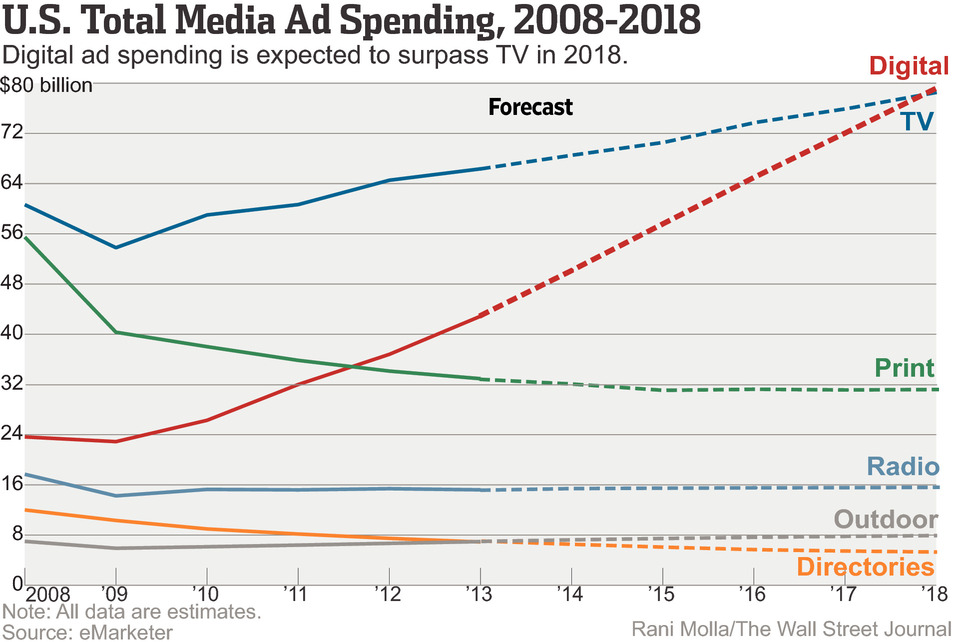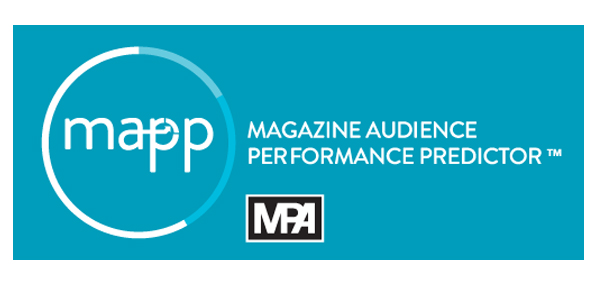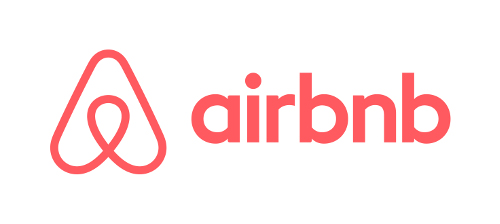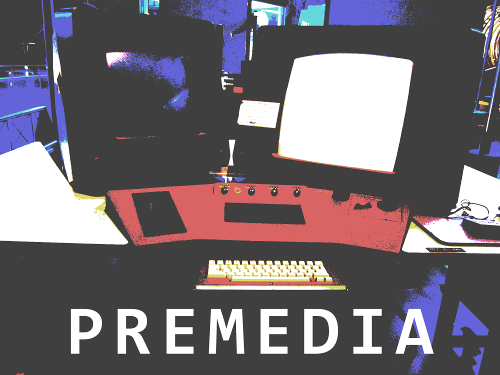
Print marketing collateral is a must for most small businesses – these materials allow you to put your exact message directly into the hands of your audience.
Print Marketing Collateral Materials, A Definition
Any sales or marketing material designed to support a product or service, e.g. Brochures, Calendars, Catalogs, Direct Mail, Newsletters, Pocket Folders, Posters.
While collateral has traditionally been considered print products (as evidenced in the explanation above), now some digital information falls under the definition, as well. The key to choosing effective materials (both message and medium) is to have a marketing collateral strategy that serves your overall marketing strategy.
5 Ways to Improve Your Collateral Marketing Strategy
1. Search for Consistency Across Media
Marketing 101 advises you to create consistency across all materials (the same logo, the same color scheme, etc.). But beyond this, you need to be sure your message also is consistent across different media.
This does not mean that you have to (or should) say the same thing in the same way on every piece of marketing you produce, but it does mean there needs to be a recognizable aspect of your company no matter the avenue used to deliver the message.
— FedEx (@FedEx) October 28, 2013
In the tweet above, FedEx uses social media to have a little fun and let customers know that their One Rate shipping services are great for the impending Zombie Apocalypse. However, the tone is decidedly more serious over at the company’s FedEx Service Alerts page – and rightly so.

Anyone visiting the above page worried about delivery of a time-sensitive package likely isn’t quite in the mood to chuckle about zombies.
Still, despite the tone differences, the company is always on target and focused on enforcing their message: we’ll deliver your package come hell, high water or zombies, and if there are any problems along the way we are going to get serious and keep you informed of what’s going on.
2. Make Print Marketing Collateral Part of Your Overall Content Strategy
Content strategy is a phrase that has been thrown around a lot in the past few years with the rise of online marketing. However, the definition can be a bit unclear.
The great book “Content Strategy – Connecting the Dots Between Business, Brand, and Benefits,” offers this definition:
A comprehensive process that builds a framework to create, manage, deliver, share, and archive or renew content in reliable ways. It’s a way of managing content throughout the entire lifecycle.
In other words, content strategy and marketing materials are not synonymous; the former is the big picture and the latter is just one part of that picture.
Similarly to how there should be a consistency among marketing materials, your marketing collateral strategy should be designed to work to aid and work in conjunction with other parts of the strategy, including both digital and print marketing collateral.
3. Use Print Material in Conjunction with Digital, Not in Competition
Content strategy has grown as a term along with online marketing for a good reason: the digital migration has forced all marketers to reconsider their marketing plans, and they needed a new name for that.
As “Content Strategy” points out, one of the biggest changes ushered in by the rise of digital is the lifespan of content. Digital content has a lifecycle – it can be updated and altered to remain relevant over a large time span and over multiple interactions, even from the same user. Comparatively, print content traditionally has a “linear supply chain” where it is created, published, then archived.
So while digital has forced marketers to move and think in new directions, it is important to remember that print is still extremely relevant. Studies show that because of the differences in how consumers respond to print vs. digital ads, it’s the marketers that take advantage of both forms (and know when to implement each) that will see the wins.
4. Content Marketing is Not Necessarily Digital Content
Often, when you see the words “content strategy,” the phrase “content marketing” will be no more than a paragraph or two away. Let’s get the definition of content marketing out of the way:
According to the Content Marketing Institute:
Content marketing is a marketing technique of creating and distributing valuable, relevant and consistent content to attract and acquire a clearly defined audience – with the objective of driving profitable customer action.
Notice that the above definition does not include the words “digital” or “online.” Though it seems today content marketing is often applied only to digital content, the concept of content marketing goes back at least decades.
An oft-cited example comes from famous ad man David Ogilvy’s “Guinness Guide to Oysters.” The ad is simple; it’s exactly what it’s title says it is and this content portion speaks directly to the target audience. The marketing part comes in at the bottom of the ad: “ALL OYSTERS taste their best when washed down with drafts of Guinness.”
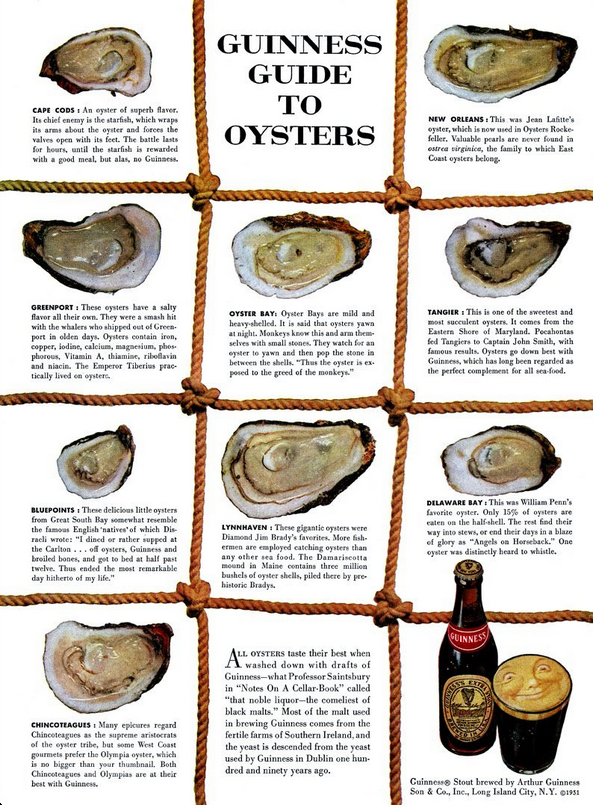
It’s the targeted audience that’s important – notice how specialized it is. It’s not for all food lovers, or even all seafood lovers. Instead, it is aimed at those interested in oysters (and, by a created extension, a specific type of beer). For more info on how the ad is a great example of content marketing, Speak! does a good job getting into the details of it.
All of this is to say, content marketing can be print materials just as easily as it is digital, and both types can be employed as a part of an overall strategy.
5. Know Your Objective and Your Message at All Times
All of this applies to not just the text you are presenting your customer, but also the design, the layout and the medium. The best practices for you will depend on a number of facets individual to your business and your message.
You should always be conscious of your overall message with every piece of content you create – and this applies to both digital and print marketing collateral. The final goal is to be able to clearly define every piece of content’s place within your strategy.





